How many times have we marveled at Aishwarya Rai’s wedding outfit and imagined ourselves in a similar getup? How many times have we walked down the streets of Lucknow and longed for those beautifully embroidered kurtas?
Ethnic wear is something that we all adore. However, when it comes to a casual affair, most of us owing to convenience or choice usually opt for western clothing. But whenever any festival or special occasion knocks our door, the magic casket of ethnic wear opens and without giving it thought we quickly done those enchanting ethnic ensembles, complimented with matching jhumkas, jootis and dupattas.
But every time we wear something ethnic, we don’t just wear an ordinary piece of cloth, we rather wear a slice of our beautiful heritage and culture. Just like the smell of raw mango will always be akin to those lazy afternoons of our childhood which we spent trying to catch hold of mangoes from the tree, every piece of ethnic clothing, no matter how contemporary the design is, will always carry the aroma of our rich and beautiful heritage.
Let us take you down the memory lane and introduce you to some of India’s crafts, once a part of India’s majestic dynasties is now part of our wardrobes or households:
Kanjeevaram - The Pride of the Pallavas, Cholas & the Vijaynagara Dynasties
A conversation about ethnic clothing cannot end or even start for that matter without the mention of sarees. Those 9 yards which can make any woman look beautiful has become synonymous to India’s rich culture, & Kanjeevaram is one of them! Known to be one of the most majestic and gorgeous weaves of India, its extravagant colors and the heavy opulence is indeed iconic, to say the least.
However, not a lot know about the history that it boasts of. Kanjivaram is just not a variety of saree but it’s a representation of coming together of traditions which thrived under the Pallava dynasty and the patronage was then carried on by the Chola and the Vijaynagara dynasty.
The origin of this saree can be traced back to the city of Kancheepuram, located 72 km from Chennai and in fact, it is one of the most ancient cities of India. Like the magical appeal of the saree, the myth of its origin to has a magical side where it is believed that the traditional weavers who have been weaving the Kanjeevaram saree were the descendants of the Sage Marakanda, the master weaver of the gods who supposedly wove tissue with fibers from lotus.
While the making of Kanjivaram silk happened under Pallava dynasty, it flourished more under the Chola dynasty. It is said that Raja Raja Chola 1 invited the Saurashtra region of Gujarat to settle in South India and establish looms.
However, the transformation of weaving Kanjivaram Silk from a specialized craft to a well-established industry happened under the patronage of Vijayanagara dynasty; it was during this time the art got fused with new techniques and methods owing to more migration. So, while empires came and withered away, the treasure of Kanjivaram Silk remained untouched and gradually Kanjivaram became one of the most expensive sarees in India.
The Sublime Side of The Mughals-Chikan Embroidery
As against the opulence of Kanjeevaram, stands the serene and intricate beauty - Chikankari. Just like the orchid whose sublime colors soothes the soul, the beauty of Chikankari, in turn, lies in its simplicity.
Hailing initially from the courts and later the streets of Lucknow, Chikankari craft represents a beautiful amalgamation of elaborate embroidery with elegance. This art form incorporates approximately 36 different stitching techniques that often combines embellishment of pearls and mirror work.
This art that dates to more than four centuries, has mystical tales of origin where nobody is certain from where it really originated! One of the narratives is that it started under the reign of Chandragupta Maurya.
However, the more popular lore is that the Persian art was introduced by the Mughals and this version has more takers since the Chikan embroidery flourished the most under the Mughal empire. The Mughal Emperor Jahangir’s wife, Noor Jahan, was a known talented embroiderer and had a fondness for Chikankari work.
Jahangir too was enamored by this craft and hence it flourished and prospered under his royal patronage. He established several workshops to hone and perfect this art form. In this era, the fabrics used were mostly Muslin or Mulmul as they were best suited for the warm, humid climate.
The fall of the empire did not mean the fall of the art form. After the demise of the Mughal empire, Chikankari artisans spread all over India and founded various centers for re-establishment and it until date continues to attract masses across the globe.
The Mauryans & their Unique Pottery-Northern Black Polished Ware
From the Mughal era, if we reboot our time machines and go back several centuries, one empire that will particularly stand out with regards to its contribution to art and architecture, is the Mauryan empire which lasted from (4th to 2nd century BCE). One of the most popular remnants of the empire’s artistic brilliance was a special type of pottery known as the Northern Black Polished Ware.
The early Mauryans prided themselves in this kind of pottery and why wouldn’t they? The special characteristics of this art form lied in the fact that it gave a brilliant jet black to a deep grey or a metallic steel blue texture.
Valour that Reflected in their Clothing –Maratha Empire & the Nauvari Saree
Sarees have traditionally been associated with femininity and delicateness. However, Marathas have always been known for their proud and defiant nature where-in they make their own rules and don’t toe the line dictated by others. This spirit of the Marathas reflected in their clothing as well.
The nauvari saree is not a traditional 12-yard saree, rather it is a 9-yard saree, hence the name. The draping of the saree is quite different and it is tucked in the back. This unique way of draping the saree not only makes it look beautiful and different but also makes it quite comfortable - a quality which may not be offered by a lot of other saree variants.
The history goes that the ladies of the Maratha Empire fought alongside their male counterparts in the war. Therefore, in order to fulfill their purpose and yet persevere their support of physical movement throughout the wars, these Marathi women discovered this Maharashtrian fashion drape.
Just like how winters can be both beautiful and destructive, nauvari sarees represent how women who are generally associated with being caring and nurturing, can become ruthless and merciless if the situation compels them to be so.
The Opulence of The Delhi Sultanates- Zardozi
If there is one craft form that has to represent the mystical romance of the fine embroidery with the extravagant material, it has to be Zardozi. It is one of the oldest and most beautiful embroidery styles of India which basically embodies heavy encrusted gold and silver thread work.
This exquisite form of embroidery finds its mention in Ramayana and Mahabharata as well and this craft has been the pride of many dynasties and rulers throughout centuries. If history is to be believed, then this imperial craft was brought to India by Delhi’s first Turko-Afghan sultans in the 12th century. However, the beauty of this art form soon earned itself many followers and hence became a symbol of elitism among the Hindus and gradually amongst the Europeans as well.
Zardozi is one of those ancient art forms which has survived the test of the time and it is still preserved by the artisans and designer community. Though silver and gold wires have now been replaced with synthetic threads, the art remains the same. Just like a smell or sight, triggers nostalgia of a long-lost love, Zardozi too brings back the essence of the extravagance and opulence that India once stood for.
It is almost fascinating to think that from the most mundane to the most exquisite clothes we don may have connotations that date to centuries. So next time you drape a Kanjivaram silk or put on a Chikankari kurta, you will not just be putting on a mere piece of clothing, you will be adorning the pride of the Vijaynagara empire or sporting Noor Jahan’s favorite embroidery. And in case you’re wondering from where you can get a taste of India’s rich Indian heritage, laced with the modernity of contemporary times, head to Fabriclore.com and be ready to get lost in the world of beautiful and authentic fabrics & artisanal sarees.
Authored by: Sreetama Chakraborty

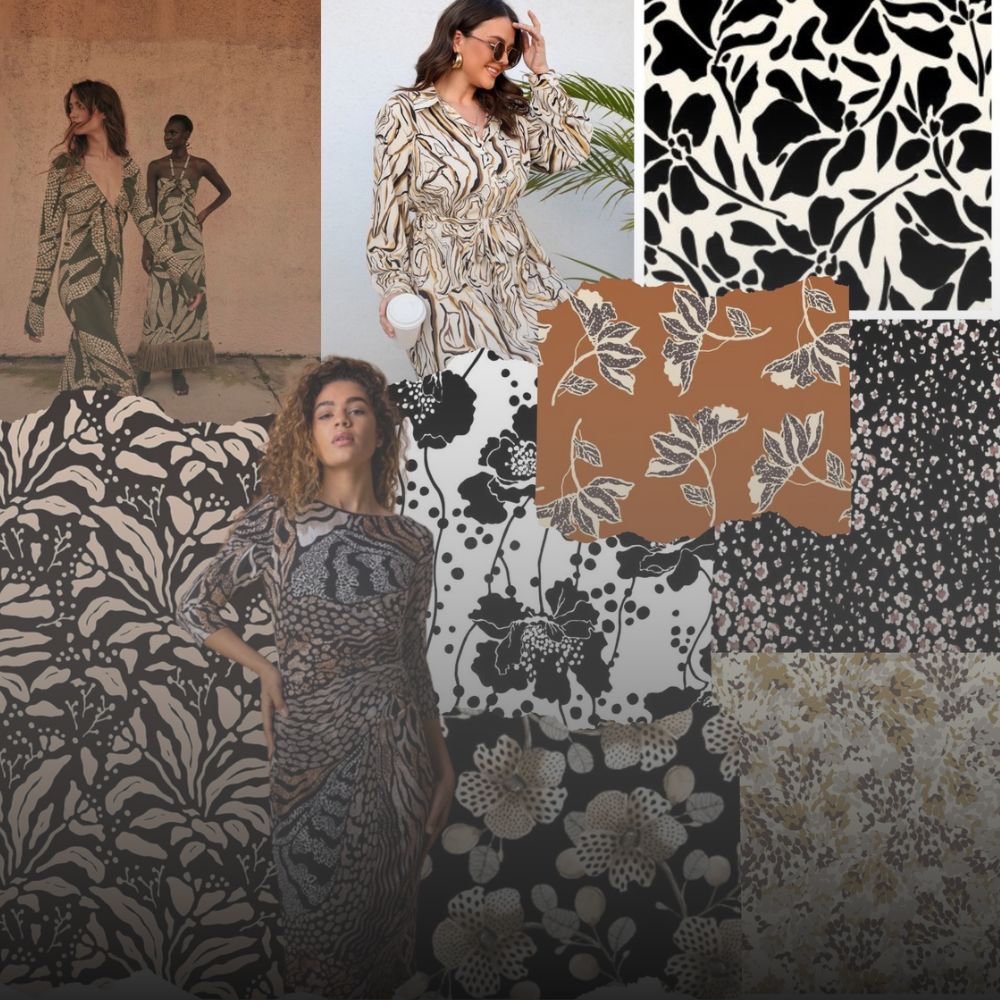
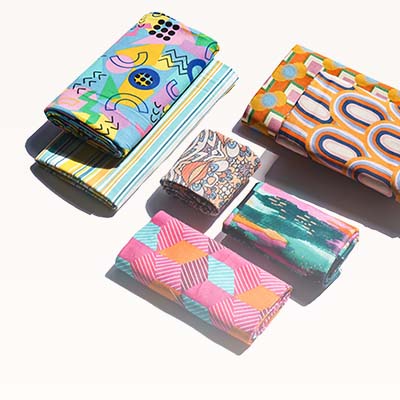
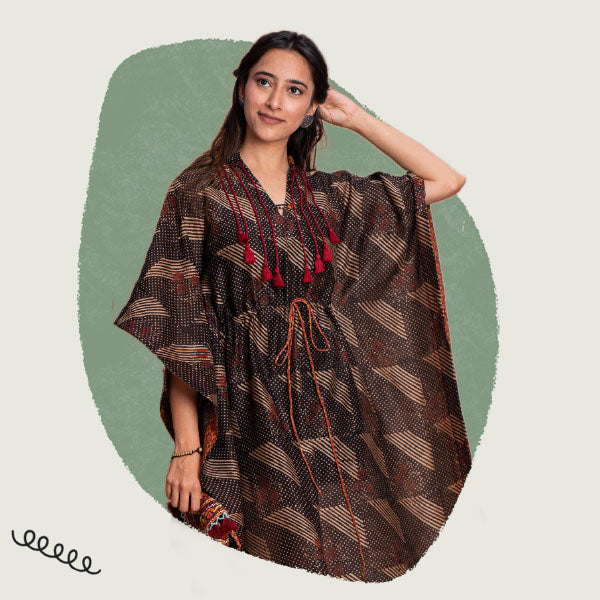

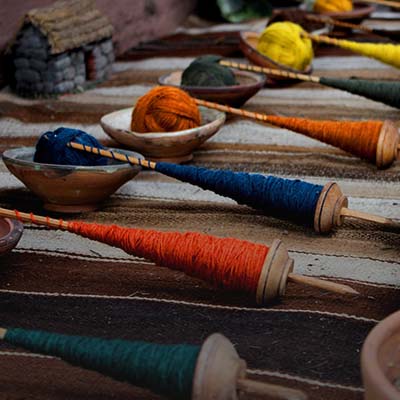



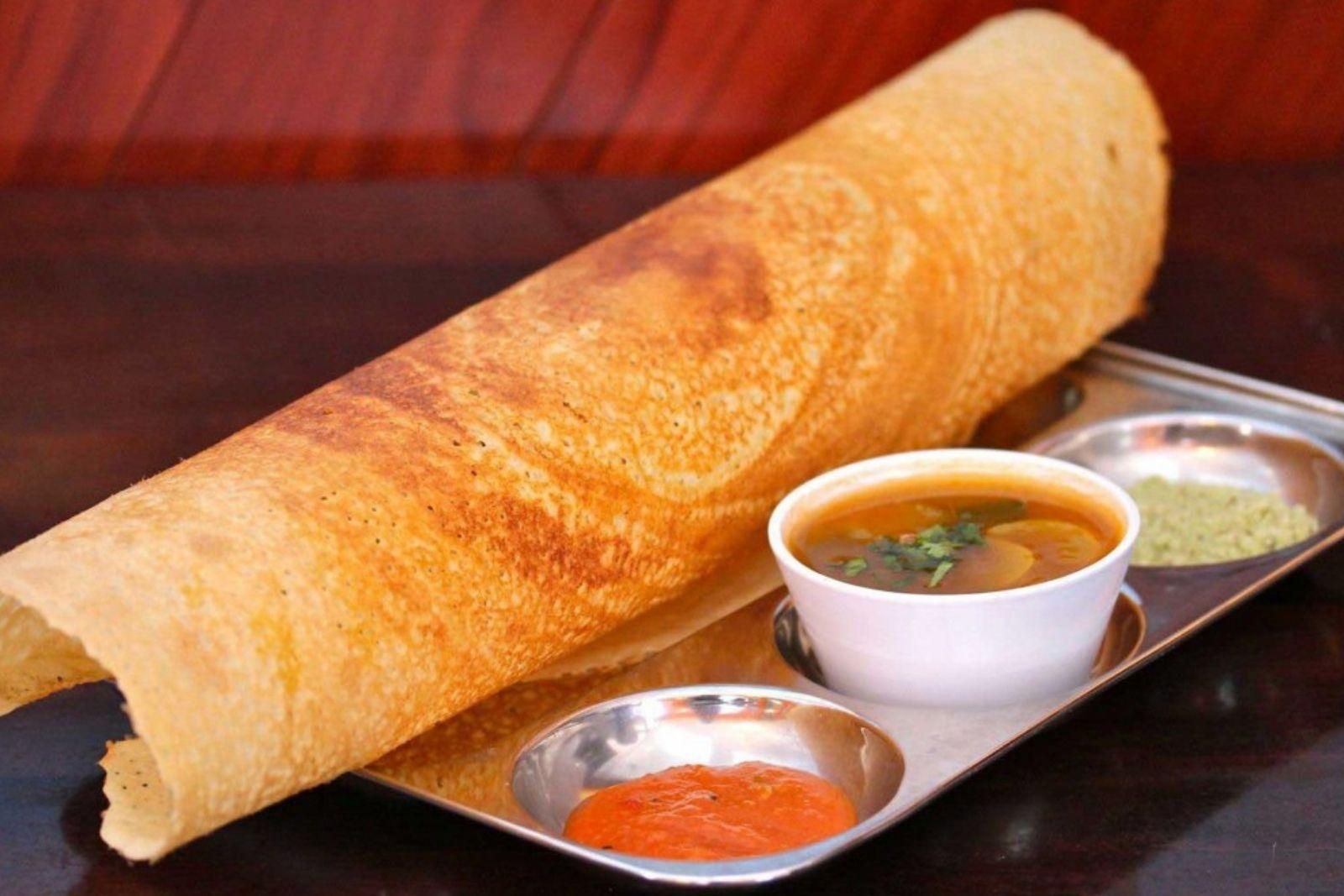
1 comment
Anuradha Kathuria
Very informative and interesting wrightup.
Leave a comment
All comments are moderated before being published.
This site is protected by reCAPTCHA and the Google Privacy Policy and Terms of Service apply.